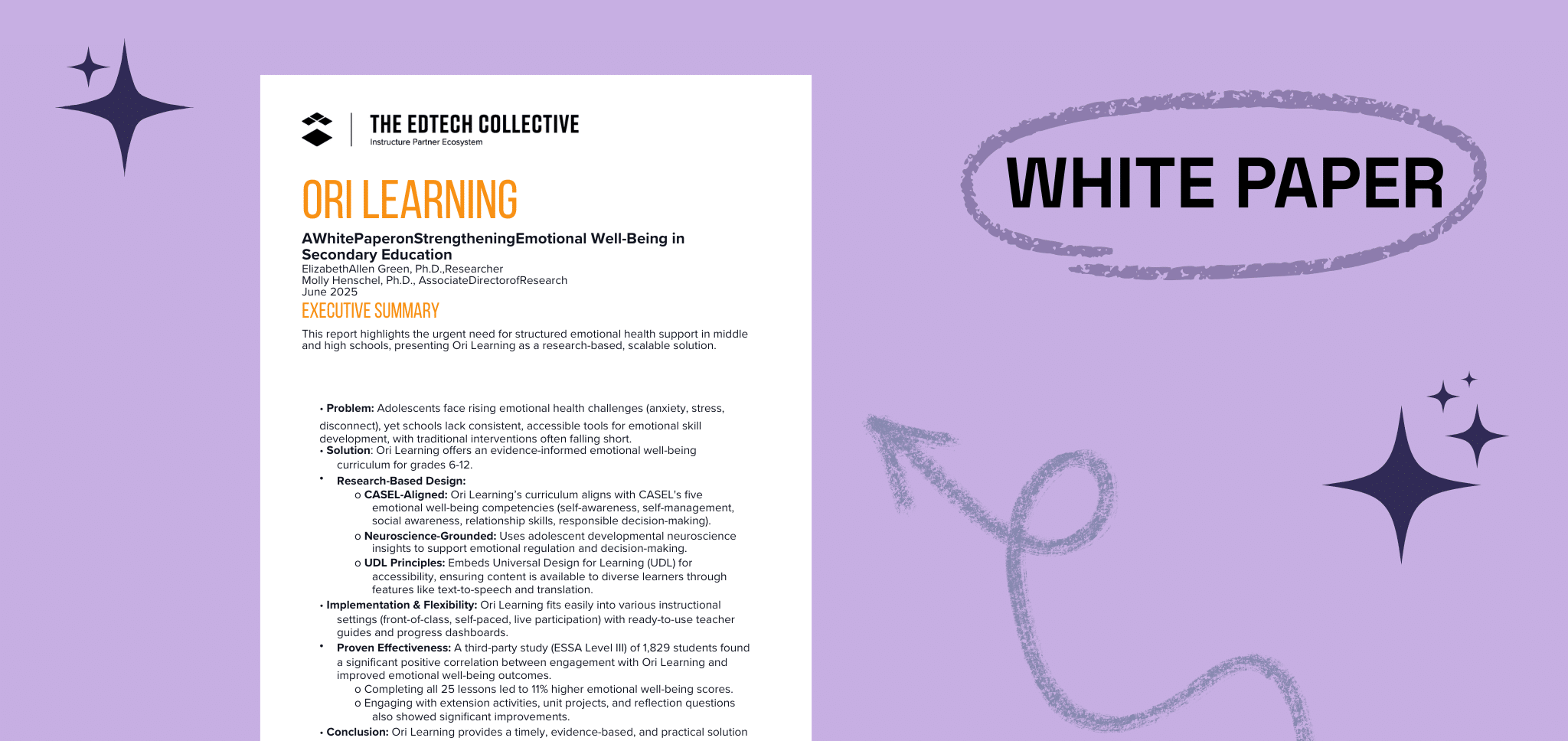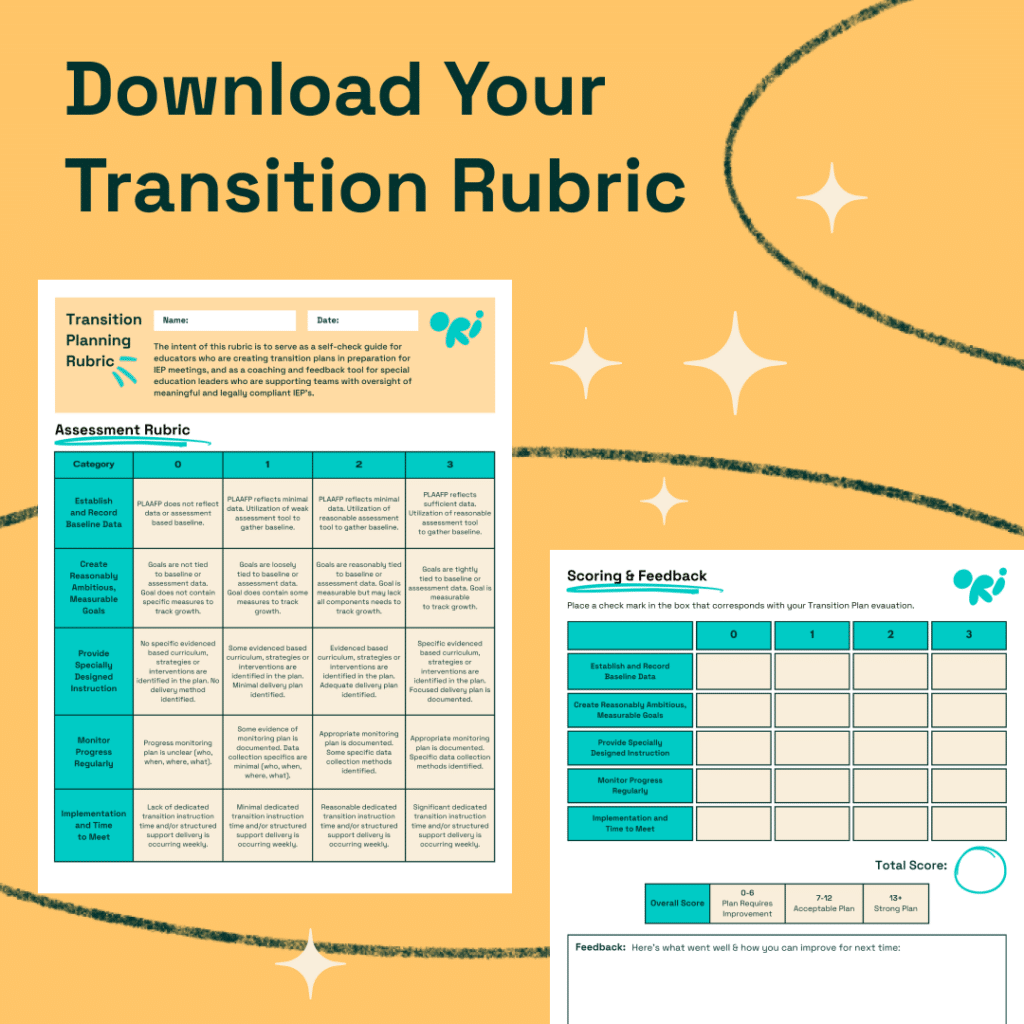

Safety awareness is a critical component of education for students with special needs, helping them navigate their environments safely and independently. This detailed guide provides educators with strategies for establishing effective Individualized Education Program (IEP) goals aimed at enhancing safety awareness among these students.
Safety awareness entails recognizing potential hazards and knowing the appropriate responses to various dangerous situations. For students with disabilities, this not only includes physical safety in different environments but also interpersonal safety, cyber safety, and emergency responsiveness.
IEP goals centered on safety awareness equip students with the necessary skills to identify risks and manage their personal safety effectively. These goals are crucial for fostering independence, reducing accidents, and ensuring that students feel secure in their daily interactions both inside and outside of school.
Adhering to the Individuals with Disabilities Education Act (IDEA), safety awareness goals should align with the student’s Present Levels of Academic Achievement and Functional Performance (PLAAFP). These goals should promote independence and enhance the student’s ability to protect themselves.
Our Transition Planning Rubric is designed to support district leaders and educators in guiding their teams towards excellence in transition planning.
It provides comprehensive criteria that cover the breadth of transition planning, from gauging student engagement to evaluating post-secondary goals and services.
Expand your team’s capabilities and improve the success of IEP meetings.

Developing targeted IEP goals for safety awareness is vital for empowering students with special needs to handle safety concerns effectively. By establishing clear, measurable objectives and utilizing diverse teaching methods, educators can significantly improve their students’ safety skills and confidence in managing their personal safety. For further support or to access additional safety education resources, educators should consider partnerships with local safety organizations and special education experts.
Prepare your students for lifelong success with Ori’s Transition Curriculum.